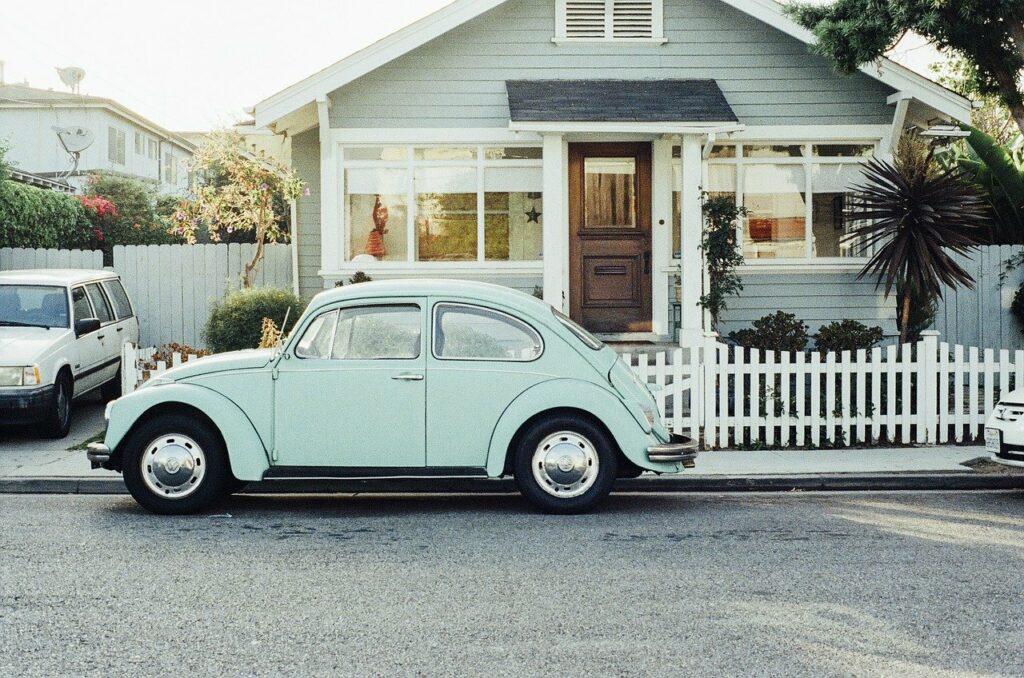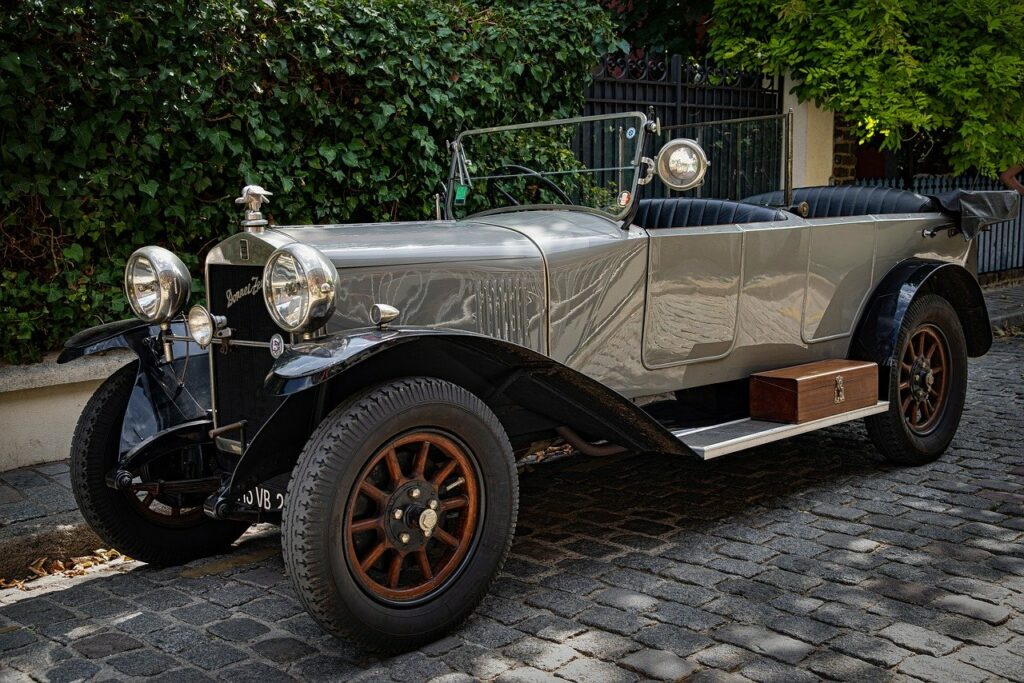Vintage Cars vs Classic Cars. All You Need to Know. Owning a classic car is something that many people desire. These older cars have personality and style not often found in newer vehicles. Perhaps it is your high school dream car or a vehicle that you have always wanted but never had the opportunity to own in the past.
Searching for an older car can be a little bit confusing, however, because many people attribute the following classifications to cars: Classic, Antique, and Vintage. While these seem like three very easy terms to distinguish the age and type of car, they are, in fact, a little more complex in the car world.
Classic, antique, and vintage are time frames applied to the age of merchandise. In the collectible’s world, Classic means anything 20 years or younger, Vintage is 21 to 499 years, and antique is 50 years or older. In the car world, these dates are much different.
Classic Car Definition

Classic cars generally are defined as vehicles that are between 20 and 40 years old and are as near to original condition as possible. These vehicles are still in use and have not been modified in any way.
Some insurance companies define a classic car as a vehicle that is ten years or older and is still in use.
The condition of this car must be excellent or higher, and it should be valued higher than other cars of the same year, make, and model.
Some states will not classify a car as a classic until it is at least 15 years of age and has retained 95 percent or more of its original features.
As you can see, defining a car as a classic is often broad and left to the person who is either searching for that vehicle or providing its insurance coverage.
Vintage Cars vs Classic Cars. All You Need to Know.
Antique Car Definition

Antique cars are defined as any vehicle that has been manufactured after 1925 and is at least 26 years old. Some states require that the vehicle be manufactured after 1925 and at least 40 years old to be considered an antique.
Most states will require that an antique classification requires that the vehicle retain 90 percent or more of its original parts and that it has not been customized. For example, an old car that has been converted into a Roadster is not considered an antique car, regardless of the age of the body of the vehicle.
In some cases, the classification of antiques will depend on its use. Many insurance companies will not consider a vehicle an antique unless it is only driven for special occasions such as parades and similar events and has limited use throughout the year.
Vintage Car Definition

Vintage cars are those vehicles that fall within the age bracket of 1896 to 1915. Known as the Brass Era vehicles, these are some of the hardest vehicles to find in top condition. Finding a pre-1900 vehicle in near-mint condition can happen, but the cost will take you into the millions.
Vintage cars, however, are not impossible to find that are project cars. You can find old Model T or Model A vehicles that need to be restored. If restored properly, these vehicles can be very valuable for resale.
So Which Vehicles Are The Best To Purchase?

The only real answer to this question is to buy a car that you love. The emotional attachment to the vehicle, whether it is driving it or restoring it, is what will give you the most pleasure from your purchase. Yes, there are values attached to vehicles, but none of that really matters if you do not really want the car.
What Makes A Car Collectible?
There are three main factors that make a car collectible:
- The rarity of the vehicle
- Age of the vehicle
- Design features
Low production numbers on a vehicle always increase the overall value of a car. However, this is not the only factor when considering it to be collectible. The age and condition of the vehicle play a large part in the value or collectability of the car, and any special design features the car may have.
Collectability may also depend on nostalgia and pop culture. For example, during the late 1980s, everyone wanted a white Ferrari Testarossa like the one used on Miami Vice.
Insuring Your Classic, Vintage, or Antique Vehicle
Getting the right insurance on your vehicle is important. If something were to happen to one of these cars, replacing it may be impossible. Having it insured correctly is crucial so that you are protected.
It is probably in your best interest to speak with an insurance specialist about the right coverage for these types of cars. Your standard policies will not give you the coverage that you need. Thankfully, many insurance companies have special agents that handle these policies, and you will still qualify for certain discounts if you have regular coverage with the same company for other vehicles.





